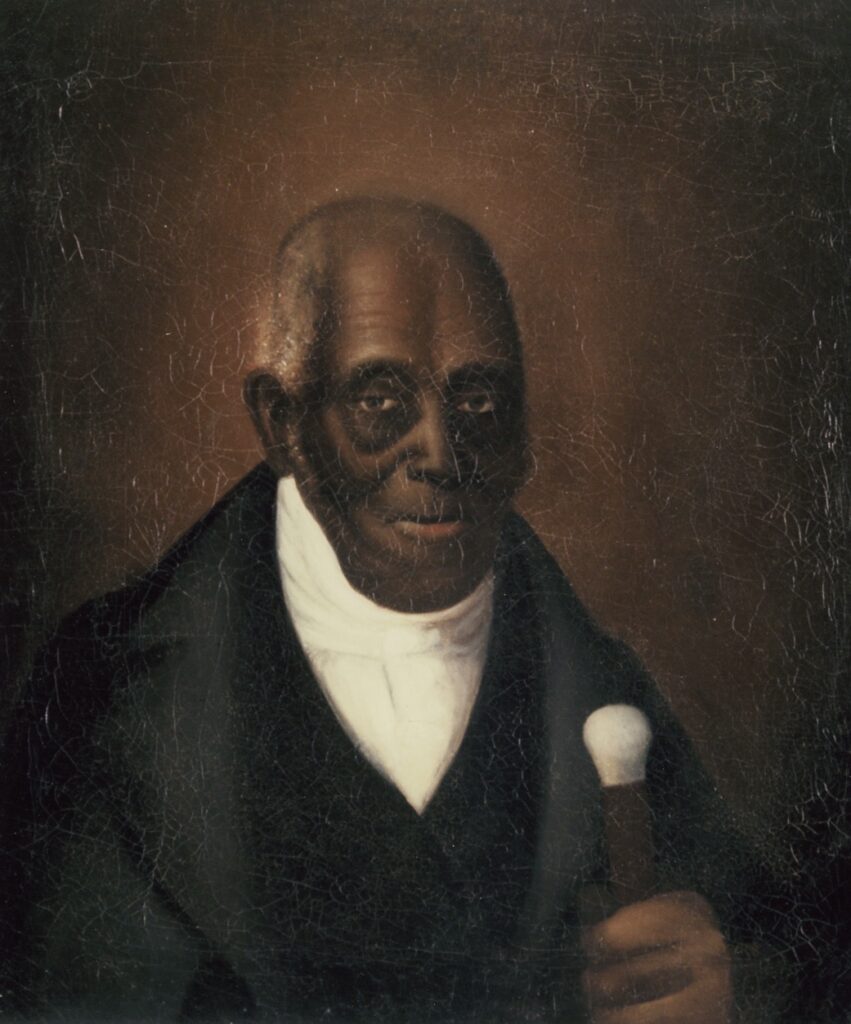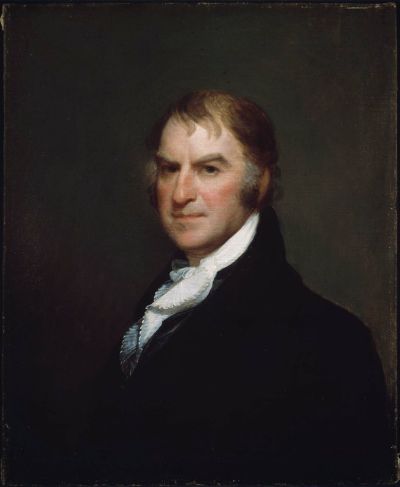Welcome to Bidwell Lore number 146! This week we will begin looking at Agrippa’s life after the Revolutionary War, starting with his time at the home of Theodore Sedgwick.
And we are so excited that our 2023 season is about to begin! Check out all of our upcoming programs and get your tickets HERE.

Agrippa Hull and the Sedgwick Family
Rick Wilcox, 2022
As a free Black man, Agrippa Hull would have had the opportunity to acquire land to farm. However, he found work with the Theodore Sedgwick family instead. Sedgwick was an attorney in Sheffield and in 1783 had purchased a 1 ½ acre plot of land on Main Street in Stockbridge from a Stockbridge Mohican named Elizabeth Pewauwgausquoh, aka Wauwauyugennot. [1] Sedgwick moved there in 1785 after building a house on that lot and the Sedgwick house remains in the family to this day. In 1786, Sedgwick purchased 1 ½ acres from Stockbridge Mohican Elizabeth Uhweemeen. [2] Then in 1788, he acquired an additional 1 ½ acres from Stockbridge Mohican Elizabeth Oncweemeene, aka Ughwumene. [3]
Agrippa would join Mum Bett (or Elizabeth Freeman), a formerly enslaved woman who Sedgwick freed two years earlier from Colonel Ashley in Sheffield, as staff in the Sedgwick household in Stockbridge. In August of 1784, Sedgwick took Hull to New York City to greet Lafayette as he was beginning a tour of the United States. Hull had met Lafayette at Valley Forge during the winter of 1777-78.
Sedgwick’s second wife, Pamela Dwight Sedgwick, was sick a great deal during their marriage, probably burdened by the delivery of ten children and a frequently absent husband. Mary Gray Bidwell, wife of Barnabas Bidwell, was Pamela’s second cousin and lived across the street from the Sedgwick home. Sarah Spring Gray, Mary’s mother, who lived with Barnabas and Mary, was Pamela’s first cousin.

The following is a Sedgwick story about Agrippa Hull as related by Miss Agnes Goodwin, librarian, Stockbridge Library 1913-1925: “The Sedgwick’s were entertaining at dinner one evening and Mrs. Sedgwick instructed Agrippa to be sure to serve peas with the chicken. When the chicken was carried in, there were no peas, so Mrs. Sedgwick spoke to Agrippa. His reply: ‘Its yes ma’am, no ma’am, if you please. Its inside the chicken you’ll find the green peas.”
Somehow, Agrippa found time to build a catering business and balance it with his duties at the Sedgwick household. “Upon the basis of this subscription, the building committee went forward and the frame of the house was raised July 4, 1800. A hundred men in the vigor of life were selected as ‘raisers.’ Elisha Foote, a merchant who then lived in what is now the old part of the ‘Perry House’, provided for the raisers and carpenters. Tables were spread outdoors under an awning, and Mrs. Foote, with her two cousins, the first wives of Dr. Bartlett and ‘Squire Hinman, and Mrs. Crosby, then Susanna Culver, 22 years old, were ‘Martha’ who ‘served’ – cooking breakfast for 101 men. Agrippa Hull, of Stockbridge, the colored servant of Koskiusko, was waiter to these ladies on the august occasion. On the 4th of July morning, all Lee was alive with excitement.” [4]
The practice of slavery was still very common throughout the new United States of America and it likely prompted Emily Piper to write the following about life in Stockbridge for free Black people: “It is notable that Stockbridge was the only town in Berkshire County where there were free Blacks in the 1771 tax list, and a settled Indian tribe besides.” For example, she writes: “Philemon (Lee) bought 1 ½ acres ‘more or less’ in Stockbridge in 1773 for six pounds, and on the same day he sold 3 acres to John Sergeant for 15 pounds – a somewhat puzzling transaction. No further record of him has been found. Later we learn that Bathsheba had been supported by her son, Agrippa, for quite some time.”
On the topic of Agrippa’s mother, Bathsheba, we came across the following:
“In September of 1791 Agrippa petitioned the Court of Common Pleas for help from his sister and brother-in-law in supporting Bathsheba. He reports that she is ‘a poor impotent person, blind and altogether unable to provide’ for herself; that he and Margaret are her only children; that Caesar [5] is able to contribute to her comfort and support, but refuses; and that the ‘said Agrippa hath alone for many years supported and maintained his said mother to his great injury.” [6]
His pleas to the court were heard and in April 1793, Agrippa was exempted from all taxes, ‘so long as his mother shall remain a charge to him.’ In May of 1797, he received $23.30 from the town for boarding Bathsheba Lee.
Next week we will talk about the wives of Agrippa Hull
1. Berkshire Middle Registry of Deeds, Book 21, Page 363.
2. Berkshire Middle Registry of Deeds, Book 24, Page 341.
3. Berkshire Middle Registry of Deeds, Book 24, Page 341.
4. Congregational Church. Memorials. Lee, Mass. Printed by French & Royce, 1858. Stockbridge Library Museum & Archives, m73-2.4.
5. Margaret Hull, Agrippa’s younger sister, married Caesar Freeman on March 24, 1783, in Great Barrington.
6. The Family of Agrippa Hull, Emily S. Piper, Berkshire Genealogist, Volume 22, number 1, page 4.